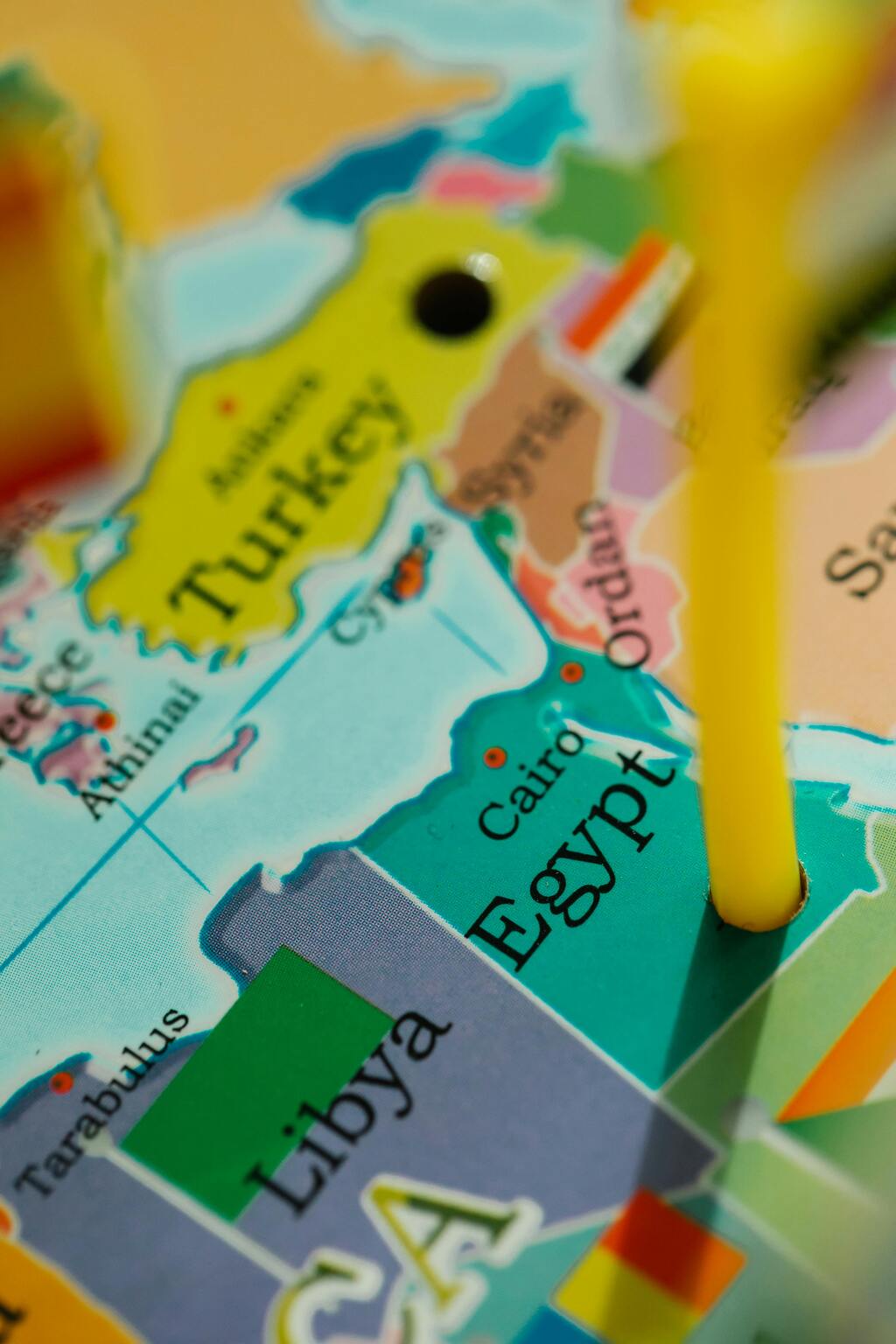Advertisement
By Aljamahiria News
Article January 2012/ republished July 2025

Please Note:
This statement comes from a driver regarding the death of Muammar Al Gaddafi.
However, he was not the driver of Al Gaddafi himself.
According to a statement made by the son of the martyr Abu Bakr Younis Jaber, former Minister of Defence of the Libyan Jamahiriya—one of the mujahideen who fought at the front lines in Sirte—he accompanied his father, the Libyan leader Muammar Al Gaddafi, and Moatassem Gaddafi during the final days.
The son of the former defense minister, who was later captured by the rebels, recounted:
“We were with my father—the martyr—along with Muammar Gaddafi and my brother Moatassem Gaddafi in the city of Sirte. The blockade had reached its peak, and things became more complicated when the bunker storing our weapons was bombed by NATO aviation.
This bunker was located in Residential Area No. 2 of Sirte. The building was struck more than six times by NATO airstrikes. That night, we were left with almost no ammunition.
On the night of Wednesday, October 19, 2011, Muammar Gaddafi decided to evacuate Sirte and head south towards his hometown, Bou Hadi. We gathered what little ammunition remained and prepared the vehicles.
At that time, the Minister of Defence and Moatassem Gaddafi put together a well-structured evacuation plan to withdraw from Area No. 2. The plan aimed to deceive the enemy, scatter the frontlines, and secure the safe removal of the Libyan leader.
On Thursday, October 20, 2011, at 4:00 AM, we prayed with the leader Muammar Gaddafi. There were about 496 resistance fighters, divided into three convoys as per the plan:
First Convoy:
Departed at 7:00 AM, heading east.
Comprised of 40 vehicles.
Tasked with breaking through the enemy front lines and creating confusion.
Second Convoy:
Comprised of 34 vehicles, headed south.
Its mission was to further disrupt and destabilize enemy positions west of Sirte.
Third Convoy:
Comprised of 70 vehicles, carrying Muammar Gaddafi and his close companions.
Additionally, 56 Libyan resistance fighters and snipers remained behind in Residential Area No. 2 to hold off rebel forces and delay their advance.
The first and second convoys engaged with rebel forces from the east (Benghazi rebels) and west (Misrata rebels). Meanwhile, the third convoy, carrying the Libyan leader, left the center of Sirte and managed to travel about 12 km without encountering enemy resistance. The withdrawal plan was working well.
Muammar Gaddafi was in vehicle No. 21, while the Minister of Defence, his son, and Moatassem Gaddafi were in vehicle No. 22. The vehicles were numbered to maintain coordination during the retreat.
At 8:45 AM, we heard NATO aircraft overhead. The convoy immediately dispersed to avoid being targeted. Moments later, the planes struck vehicle No. 17, killing all on board. Shortly after, vehicle No. 11 at the rear of the convoy was also destroyed—again, all occupants were killed.
The largest explosion came near Muammar Gaddafi’s vehicle. It wasn’t a direct hit, but the blast occurred beside his car, causing it to overturn. He survived, along with several fighters. I personally saw Moatassem Gaddafi and several of the guards alive.
At that point, only I and the Minister of Defence knew the Libyan leader was among us in the convoy.
Suddenly, NATO planes dropped a bomb that emitted a thick white smoke. I lost consciousness. When I woke up, I was a prisoner in Misrata—and I saw the bodies of my father, Muammar Gaddafi, and Moatassem. They were martyred.
That is the true story of the capture of the Libyan leader and his companions.
They were captured at 9:00 AM.
The rebels officially released the news at 12:00 noon.
Advertisement
